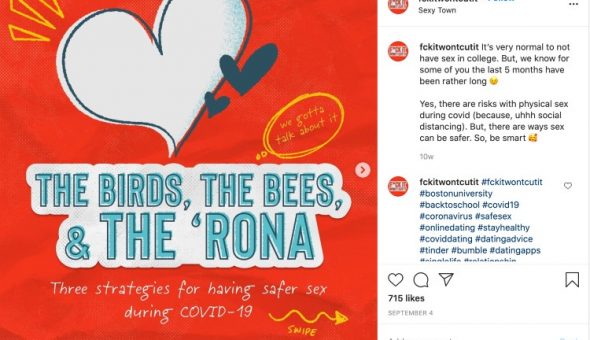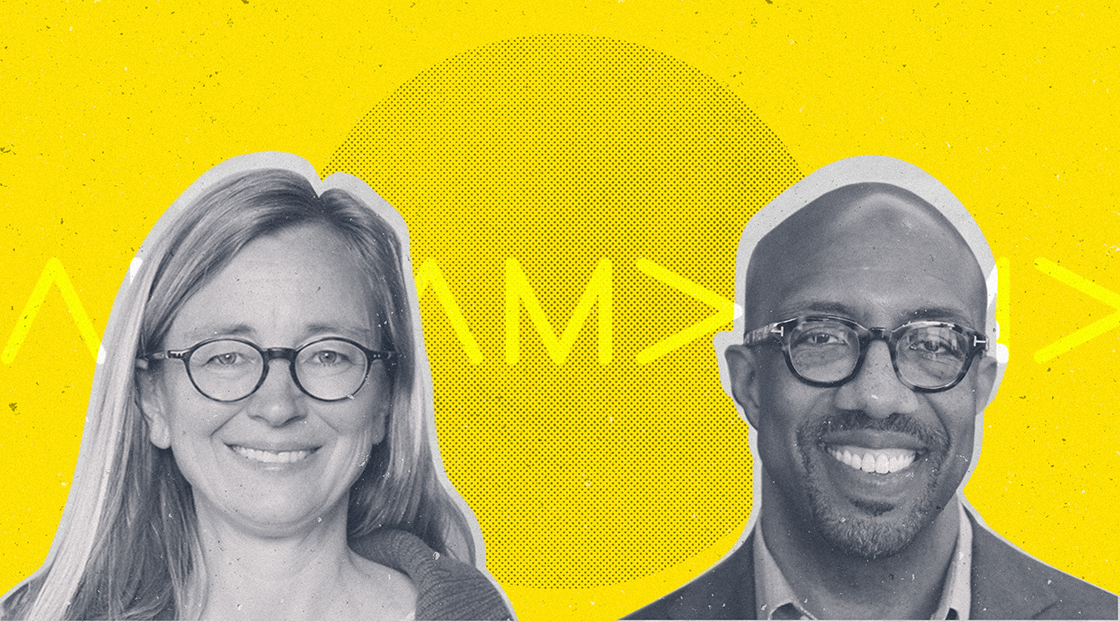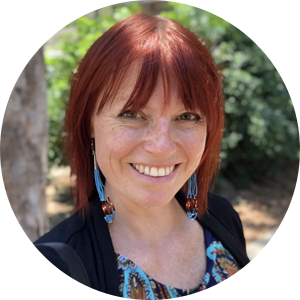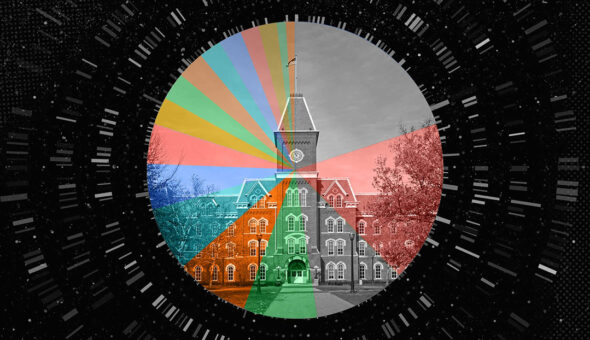The American Marketing Association’s 2020 AMA Symposium for the Marketing of Higher Education is one of the can’t-miss events in higher ed professional development – and a global pandemic hasn’t changed that reality. It has, however, changed the format, as this year’s event, which runs Monday, Nov. 16 through Thursday, Nov. 19, is fully virtual.
Here is our running breakdown of this industry-standard event.
Day 4: Thursday, Nov. 19
Living in a time of multiple pandemics: 2020 has been a year of continuing, multiple crises; the way through is for colleges and universities to maintain an unwavering, honest dedication to their students. That was the closing message from three leading university presidents – Dr. Wayne A.I. Frederick (Howard University), Dr. Ann McElaney-Johnson (Mount Saint Mary’s University), Dr. E. Gordon Gee (West Virginia University) – on the last day of AMA’s 2020 higher ed symposium.
The world is not just dealing with the COVID crisis, but “the pandemic of structural racism, a pandemic of economic challenges, and a pandemic of mental health,” and institutions have to focus on accountable actions and social activism, they said. This is a time that calls for transparency, courage and honesty, with a focus on authentic marketing that should not only change the way we talk about ourselves, but the way we think.
It has become critical to stay in touch with current students to provide reassurance, motivation and to care for their wellbeing. And with remote learning and a distributed workforce, the speakers highlighted the importance of a consistent message coming from across the university and of having a strong marketing team to shape conversations not just externally, but internally: “Who better to tell our story than the people who are great storytellers.”
Day 3: Wednesday, Nov. 18
The importance of being candid: Kim Scott, author of the book “Radical Candor: How to Get What You Want by Saying What You Mean,” led a session on the importance of being transparent and direct as a leader. Scott suggests it’s good to care for people on a personal level, and also to challenge them directly, and to even be willing to piss people off: Be willing to piss people off. “It’s not mean; it’s clear,” she says. Of course, that’s easier to do – without being judged – as a white man. And Scott throws out the criticism sandwich, too – the idea that you have to wedge any negative feedback between compliments. Instead, she says, you can include good, but don’t sugarcoat your feedback. Still, in the interest of preserving dignity, says it’s great to offer praise both privately and publicly, but to keep personal critiques private, with the recipient.
Make people feel something: Storytelling will always be the most powerful method of delivering information, and good stories that combine emotion with facts have been proven to be remembered more effectively than facts, alone, said Alex Baranpuria, of Ivy Exec, and Andrea Shaw, of the Leavey School of Business at Santa Clara University. “As higher ed marketers, our main goal is to inspire action, not generate leads,” they said. That means personal, real, authentic stories from peers that showcase what inspires them on your campus will be the most powerful tool in attracting students to your college.
LatinX students are not a monolith: The notion that higher ed marketers need to remember that no single student group is, well, singular, has recurred here at #AMAHighered 2020, and it’s no less true for the LatinX student population. Those students currently represent 20 percent of college students, 42 percent of minority college students, and are predicted to grow 13 percent in the near future – faster than any other student demographice – according to Lipman Hearne’s Kirsten Fedderke and Univision Chicago’s Lisa DeBiasi. User personas in this group are useful, but are mere starting points, and should be checked for stereotypes.
Brand-building takes hand-holding: “The strongest brands continuously close the gap between the promises made and the experiences delivered.” That was the message from Amanda Jacobson, Lucas Eggers, and Tim Bohling of Notre Dame University’s Mendoza College of Business, who detailed their school’s recent rebranding. It began with extensive brand research via focus groups, surveys, and town halls that involved stakeholders on campus and the wider community beyond. Based on the feedback, a single core narrative and brand pillars evolved that outlined what differentiates the college and its programs. Next, a content strategy was implemented that addressed key touchpoints across the student journey and adapted personalized messaging and purposeful targeting efforts. The results were strong: With the same budget spent as in previous years, the college quickly achieved a 30-percent increase in enrollments for the academic year 2020-21, as well as an increase in earned media coverage, CTR and overall organic social engagement.
Day 2: Tuesday, Nov. 17
How do do you get students to care about COVID?

Boston University found it was effective to speak to students – wait for it – authentically. But BU went cut the BS, aiming for a tone that was surprisingly atypical for a college or university: The school’s ‘F*ck It Won’t Cut It’ campaign engaged 50 brand ambassadors and an interdisciplinary campaign team, to create a relatable, adaptable messaging strategy. The student creators touched on “taboo” subjects like sex, marijuana, partying and mental health issues with a candid, approachable tone and an edgy-with-a-purpose-attitude. The team, led by Hailey McKee, Hannah Schweitzer, Mac Wylie, Shubhangi Verma from Boston University AdLab/PRLab, created social media posts for Instagram, Twitter and TikTok, as well as stickers, posters and swag items that were shared across campus. A dedicated podcast and a virtual event with Peabody-award winner Hasan Minhaj of Netflix fame “Patriot Act” invited students to expand the conversation in an unconventional environment.
“Next will be better than now:” Michael J. Sorrel, president of Paul Quinn College, drew kudos for his session in which he encouraged leaders to stay hopeful and aspirational for their institutions even during the hardest times. He began with a lovely thank you to higher ed marketers for believing that we will get through this, and that there is a future to promote; he also he monitored the chat throughout his session, and reacted to the comments in real time. He offered (no fewer than) three kernels of truth for higher ed marketers and leaders to keep in mind:
- Real recognizes real – it’s all about honesty, transparency, and truth.
- Remember that this is just a moment – this situation, even if it doesn’t feel like it, is temporary; you should plan accordingly.
- Nightmares don’t rob you of your vision; they rob you of your courage. So, choose to repudiate fear.
Transfer students are not monolithic: The team at mStoner encouraged marcomm leaders to recognize that how complicated – logistically and personally – transferring to a new college can be, and said schools need to build websites that are useful resources for students not just transferring to their institutions, but also those who are transferring out of them. A website should address the transfer process with five crucial elements:
- Transfer Prep
- Academic Planning
- Degree Options
- Costs and Budgeting
- Navigating the Transition
Inside “Wonder Makes Us:” The University of Arizona’s eye-catching campaign (and accompanying gorgeous hero video) was built with the conviction that taking calculated risk can be a good thing. Working with 160over90, the school worked to get community buy-in from the outset, socializing the new campaign and brand language on campus before the roll-out, and offering opportunities for students, faculty and staff to share ownership and create brand literacy. That approach paid off: the brand has been widely adapted and has helped to raise recognition and funds for the university.
Day 1: Monday, Nov. 16
We found out just how virtual the event is this year as it kicked off on Monday, with the event’s virtual lobby looking very much like, well, a virtual conference lobby.

As the sessions got under way, a few key themes were explored that seem likely to re-emerge throughout the week.
The funnel has flipped: Higher ed marketers need to shift to models that take smaller numbers and convert them at higher percentages. Scott Ochander and Eric Page, both of Carnegie Dartlet, said this is a much-needed inversion of the stale list-buying tactic of harvesting swaths of names into the top of the funnel, and working them to conversion – knowing that most of those names won’t become live bodies on-campus.
Speak how students want to be spoken to: If you’ve heard it before, the reason you’re hearing it again is because apparently the message hasn’t sunk in yet. Instead of touting the age-old harbingers of students tuning out (like faculty:student ratios), Ochander and Page say you need to get out of so-called ‘Fact Land’ by using narratives and emotional storytelling that real students will actually relate to and connect with.
It’s all about data: In their presentation on “The Power of Data,” SimpsonScarborough’s Andrea Kruszka, Kristen Creighton, and Meredith Simpson gave a powerful argument for just how vital data should be to your marketing strategy – and how wandering it is without, sharing such thoughts as “An answer is just a hypothesis until data weighs in,” and “Marketing without data is like driving with your eyes closed.” Here’s to having our eyes wide open.
Know where you fit in the market: There is no ‘unique.’ So what makes your college distinct? You should have a clear answer to this question, and it is fundamental to do this, said Tom Hayes, a dean and professor of marketing at Xavier University, by finding the defining value of your institution and applying it throughout your marketing plan and execution. Hayes said that to do this, you must embrace several key elements of a comprehensive marketing strategy, including:
- Market research is fundamental
- The consumer is what marketing is based on, not the institution
- Be distinctive and relevant to create value
- Customer satisfaction drives loyalty
- Brand messaging needs to be integrated and consistent
Good leadership requires emotional intelligence: And good leadership has probably never been more important in higher ed than right now. “Leadership is influence – nothing more, nothing less,” said leadership and executive consultant Jessica McWade. Empathy is more than just a good personal quality, it’s a business skill, and self-awareness is the centerpiece of emotional intelligence, she said, which enables leaders to be present and mindful. This also enables leaders to see themselves clearly and to be honest about their strengths and weaknesses, and fully conscious of how emotions affect others and alter environments.
That, of course, was just some of what happened on Day 1 at AMA Higher Ed 2020.
We’ll update this page with new highlights and key takeaways throughout the week, so whether you’re attending or not, you can check back here for the latest and greatest.
See the daily agenda and a complete list of speakers and presenters here.










